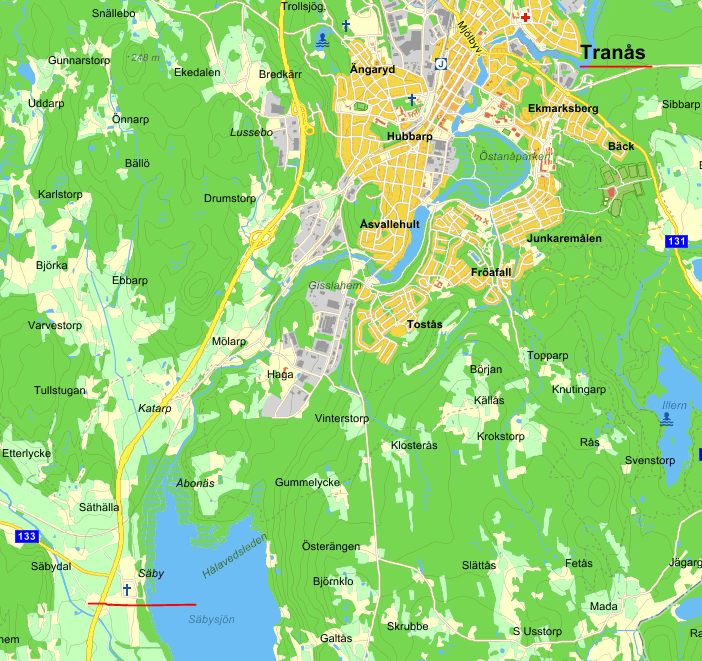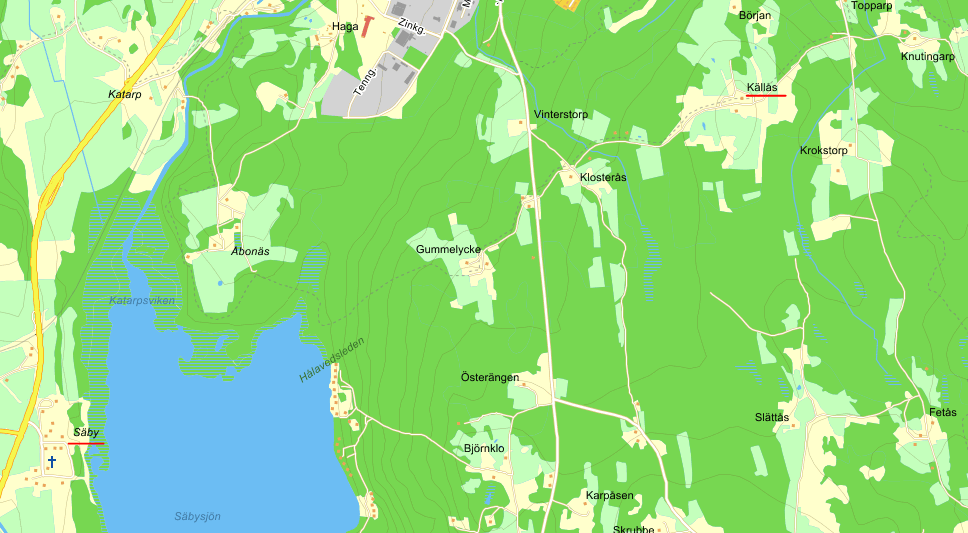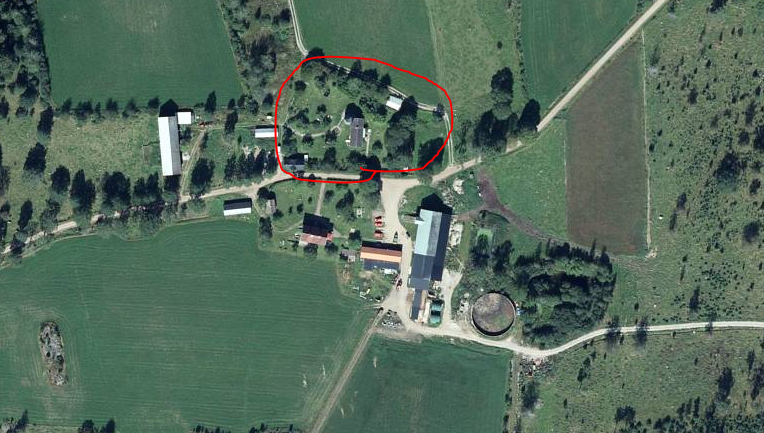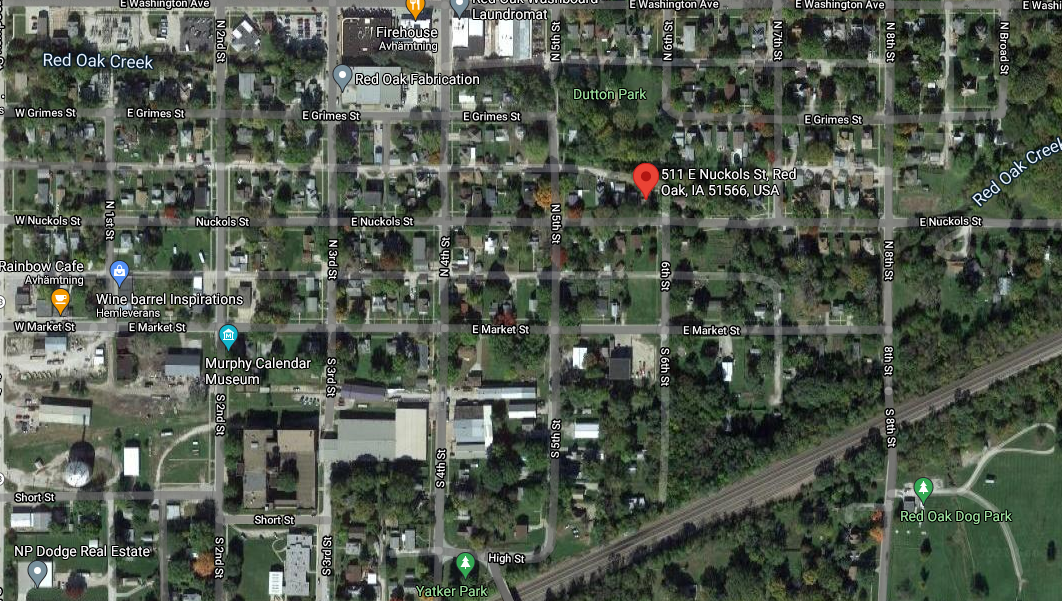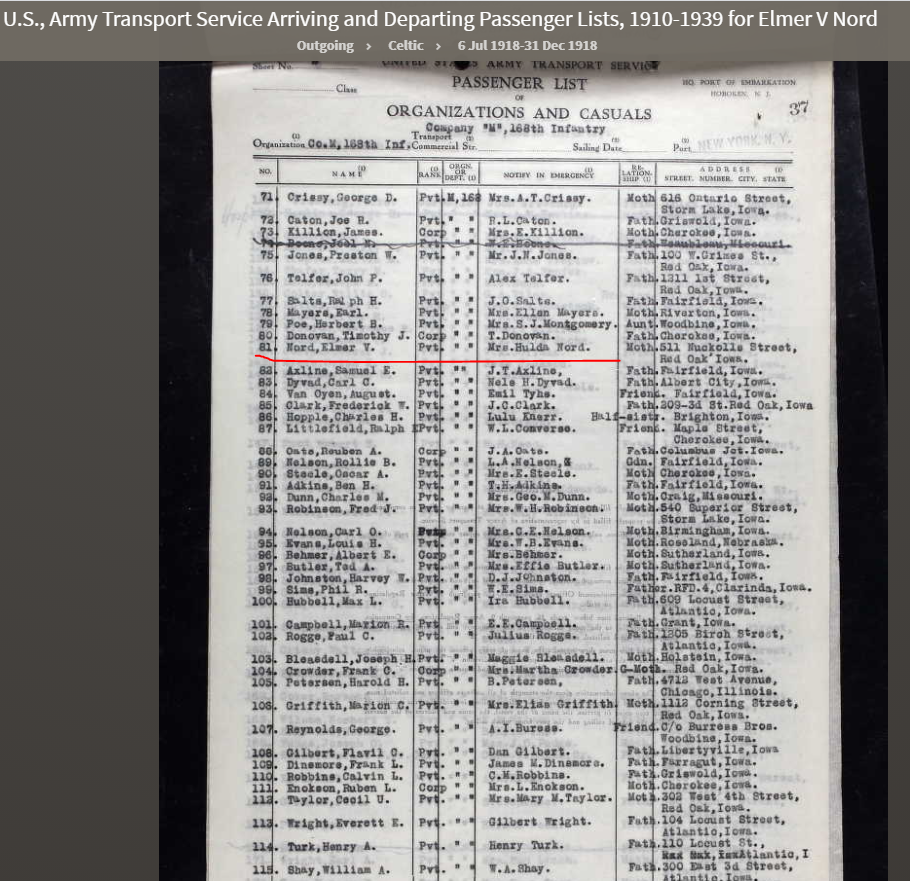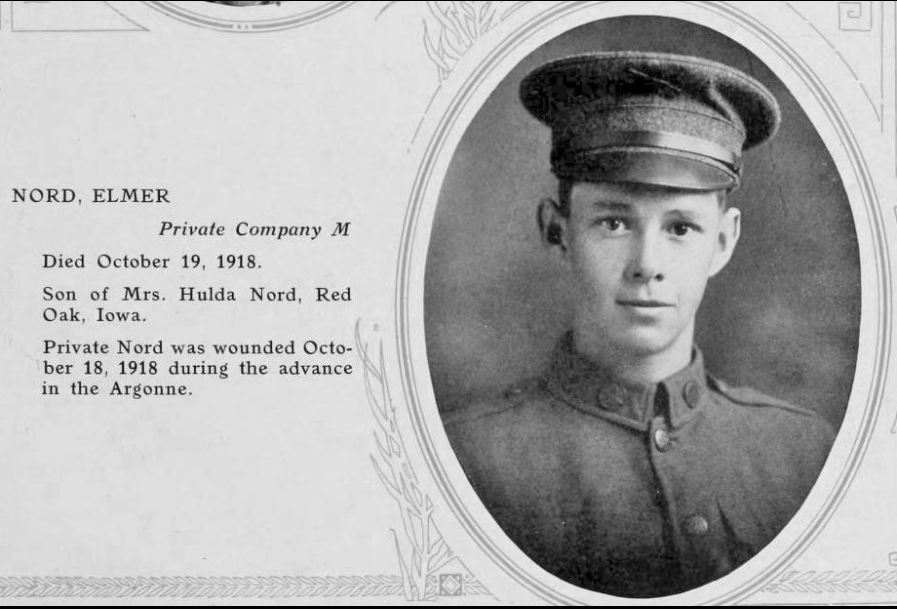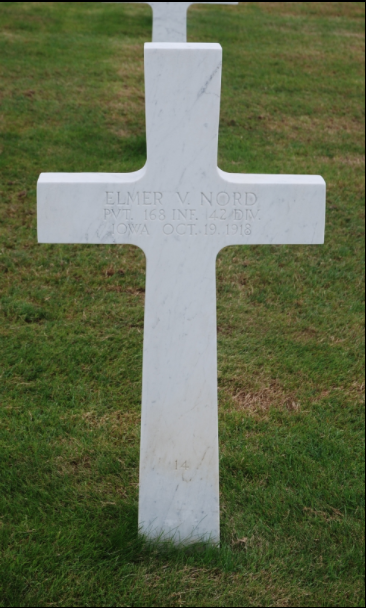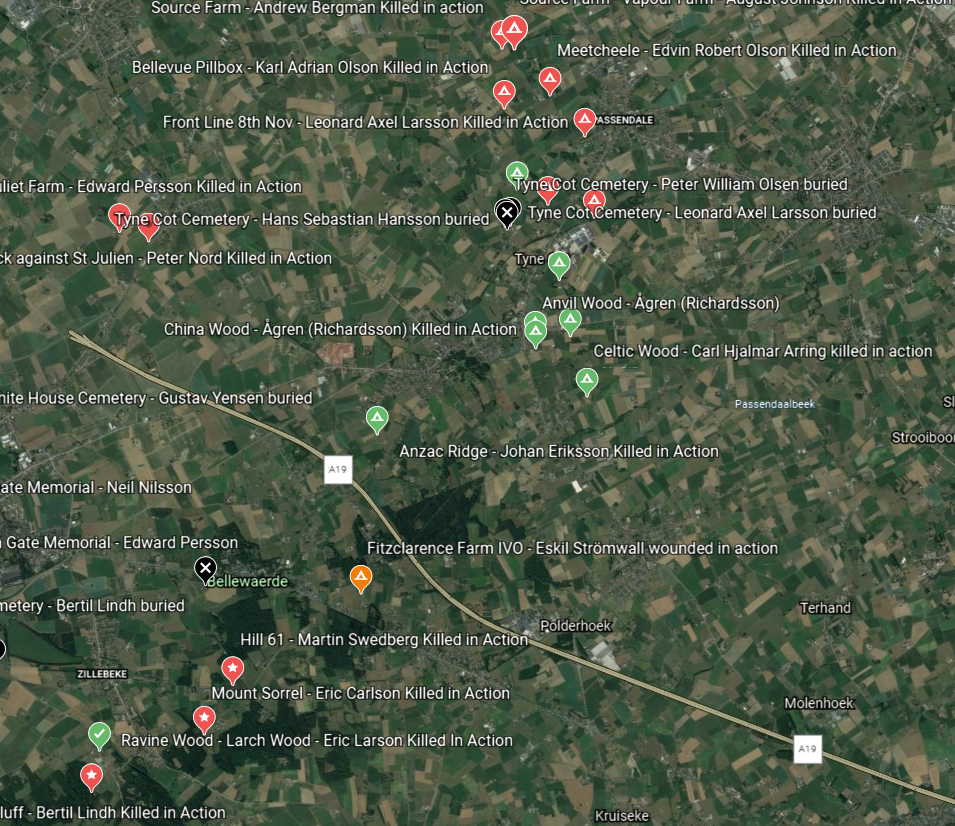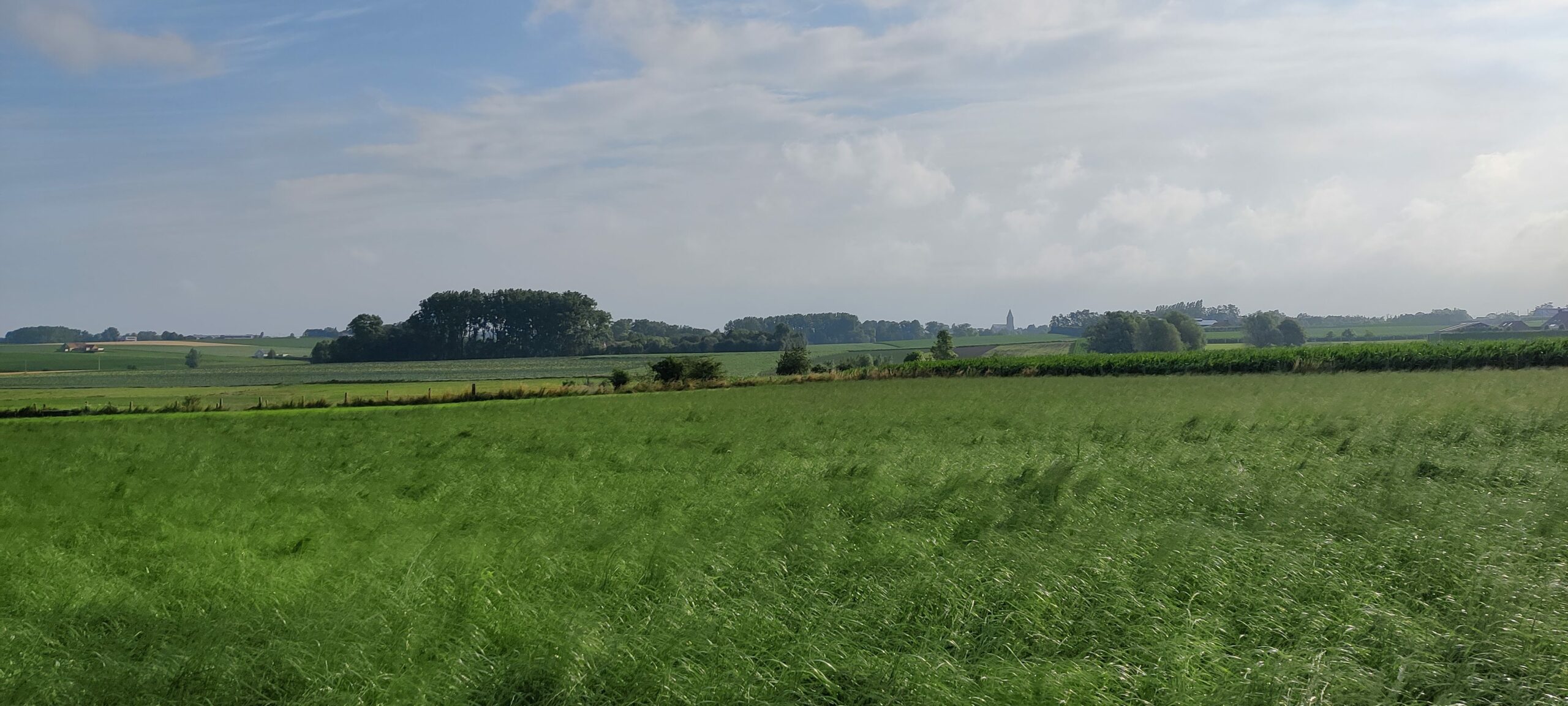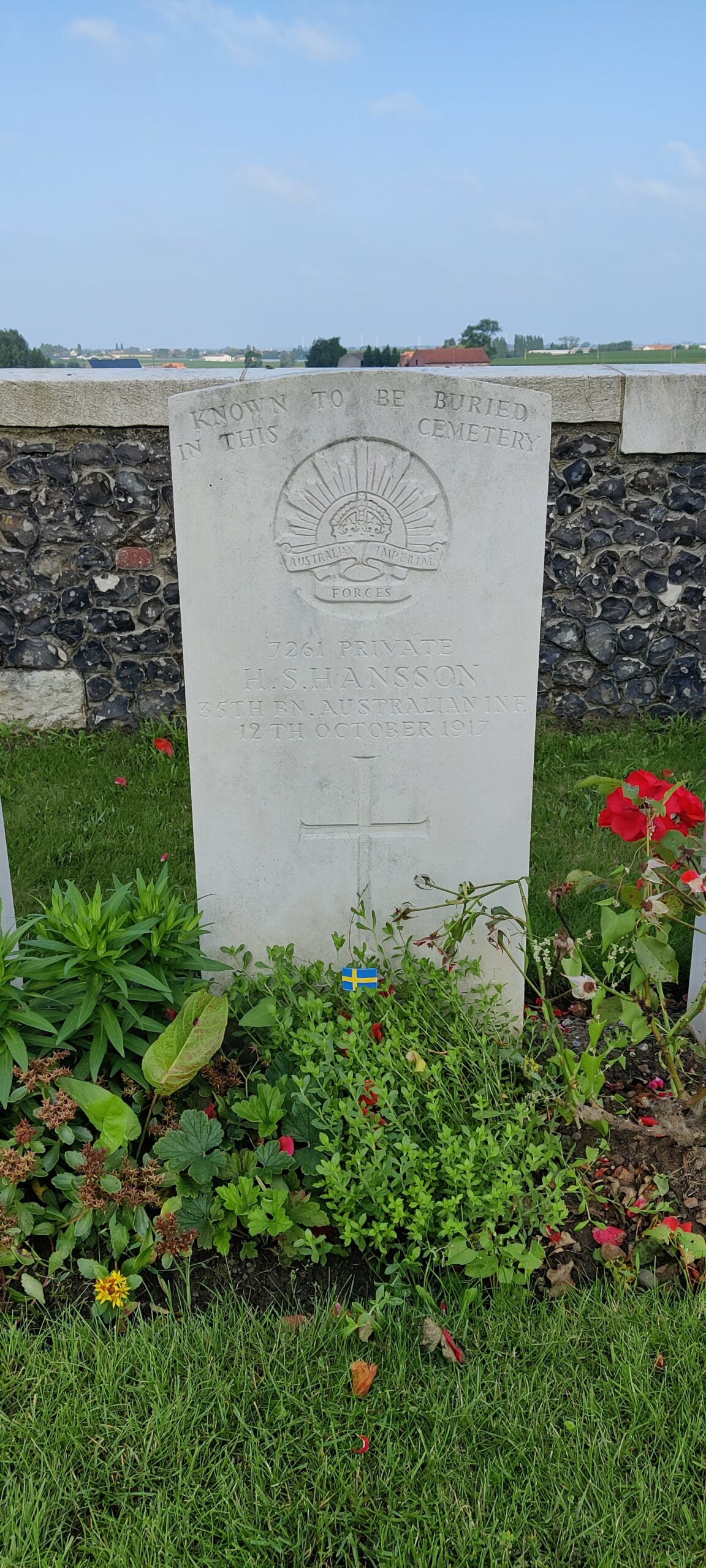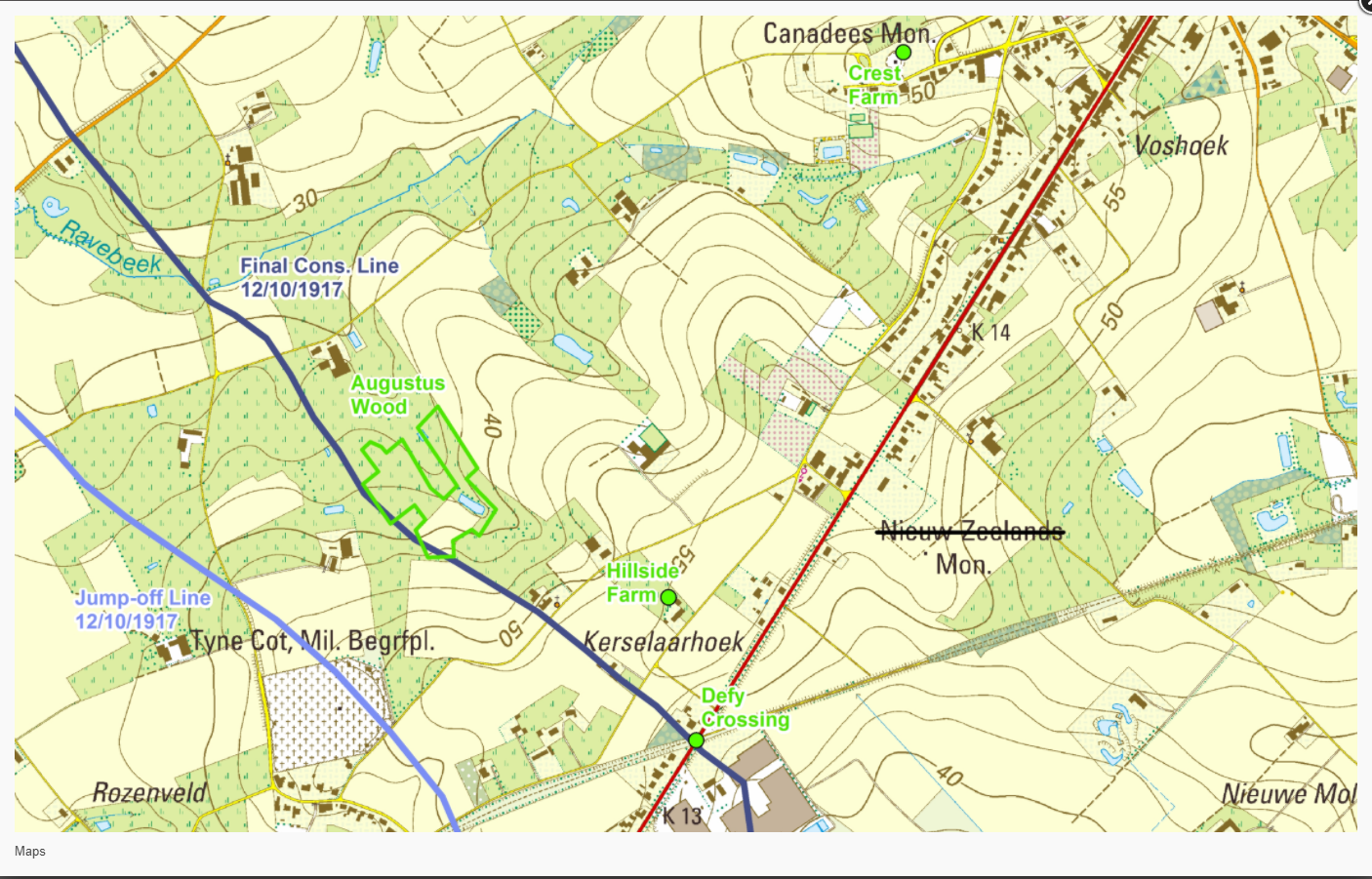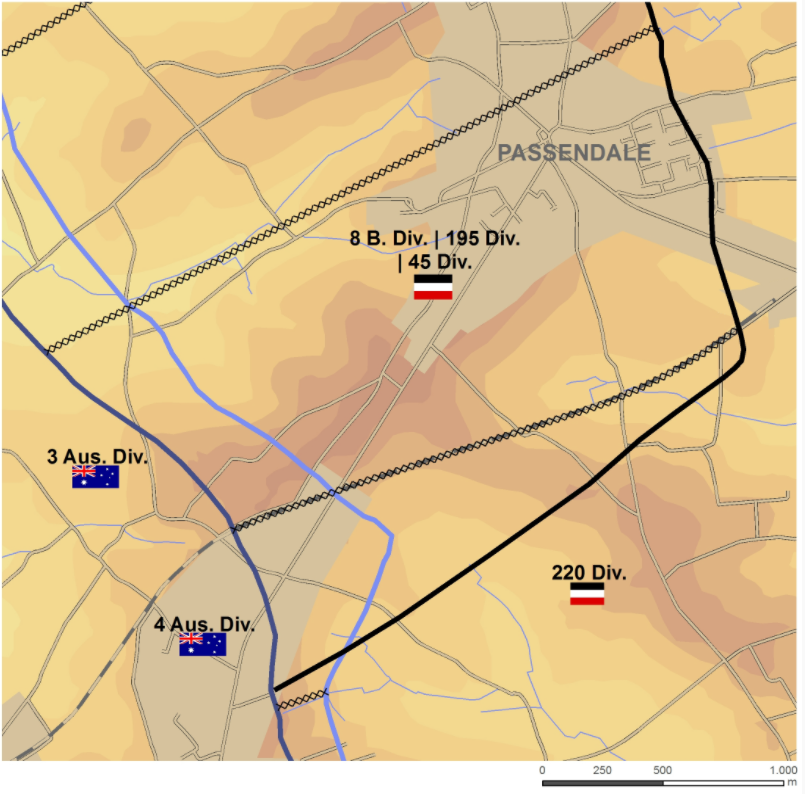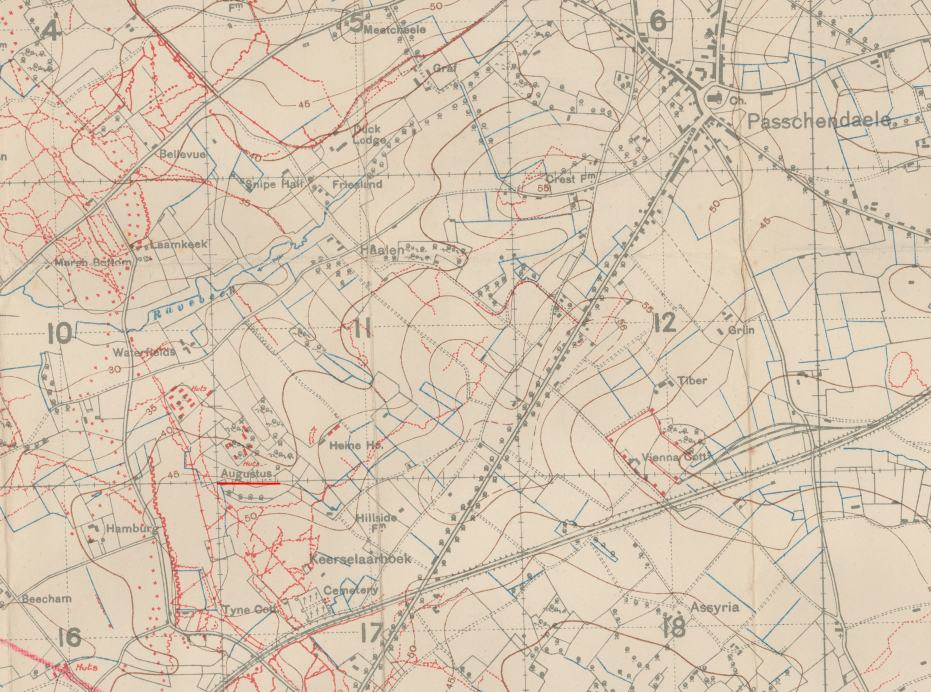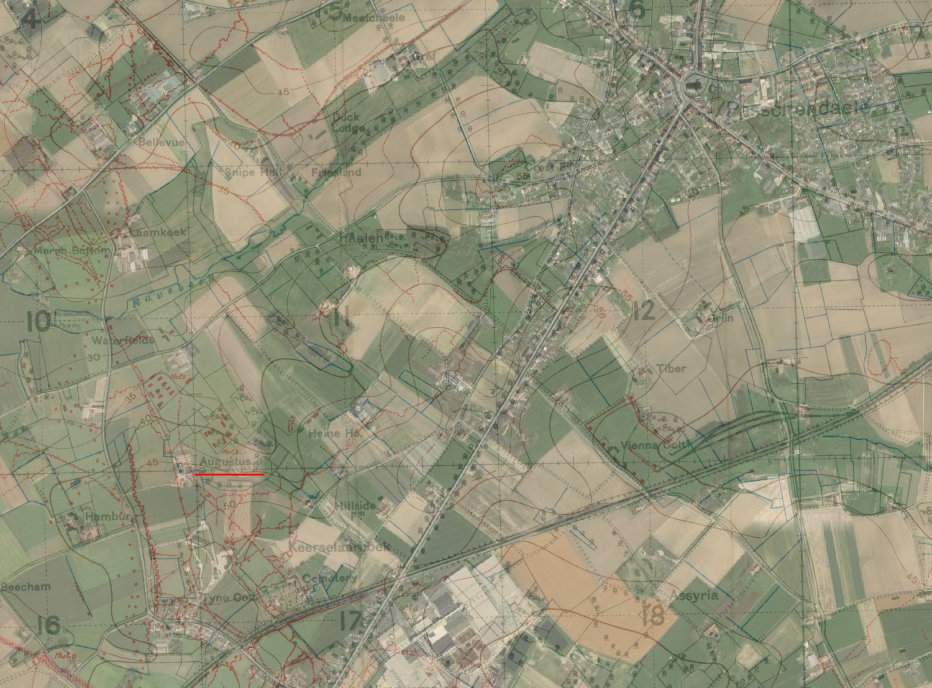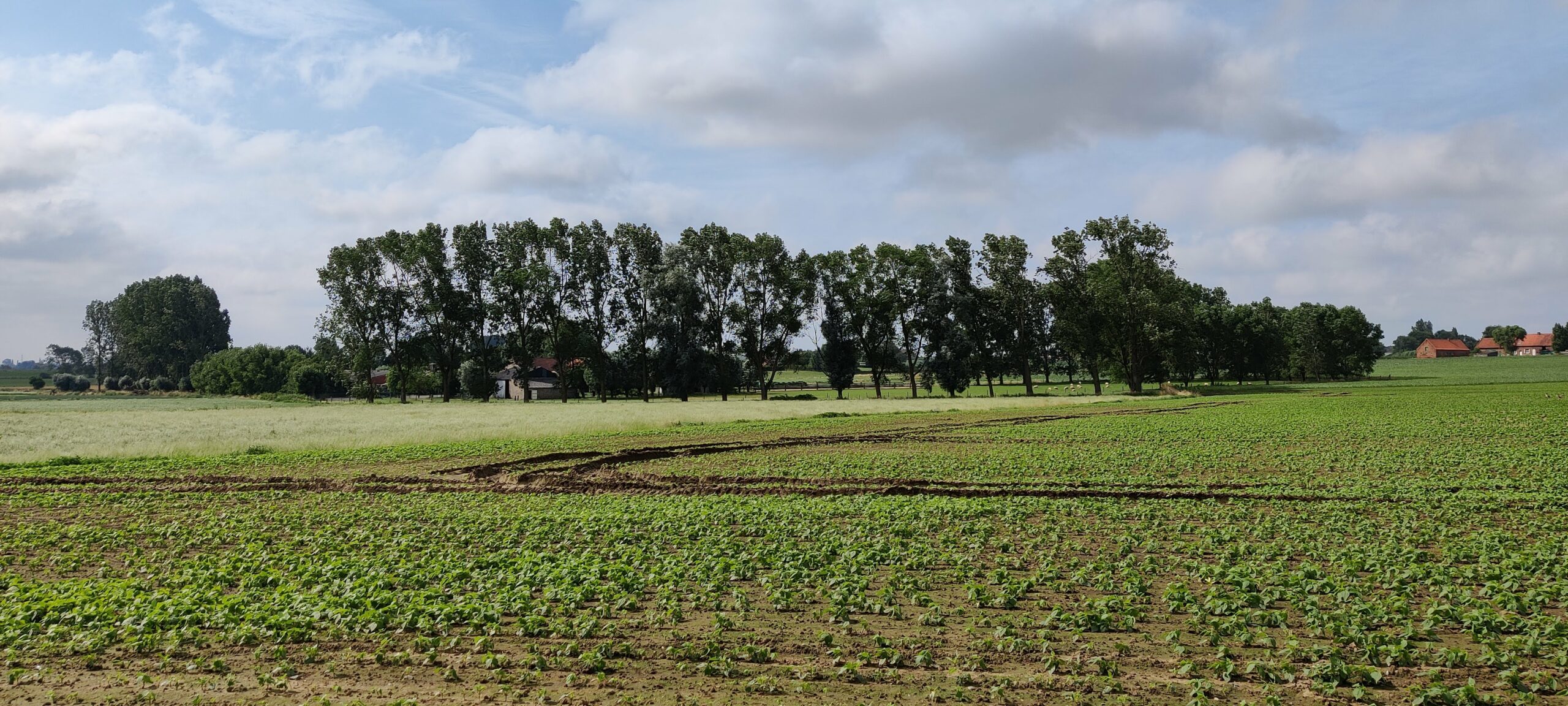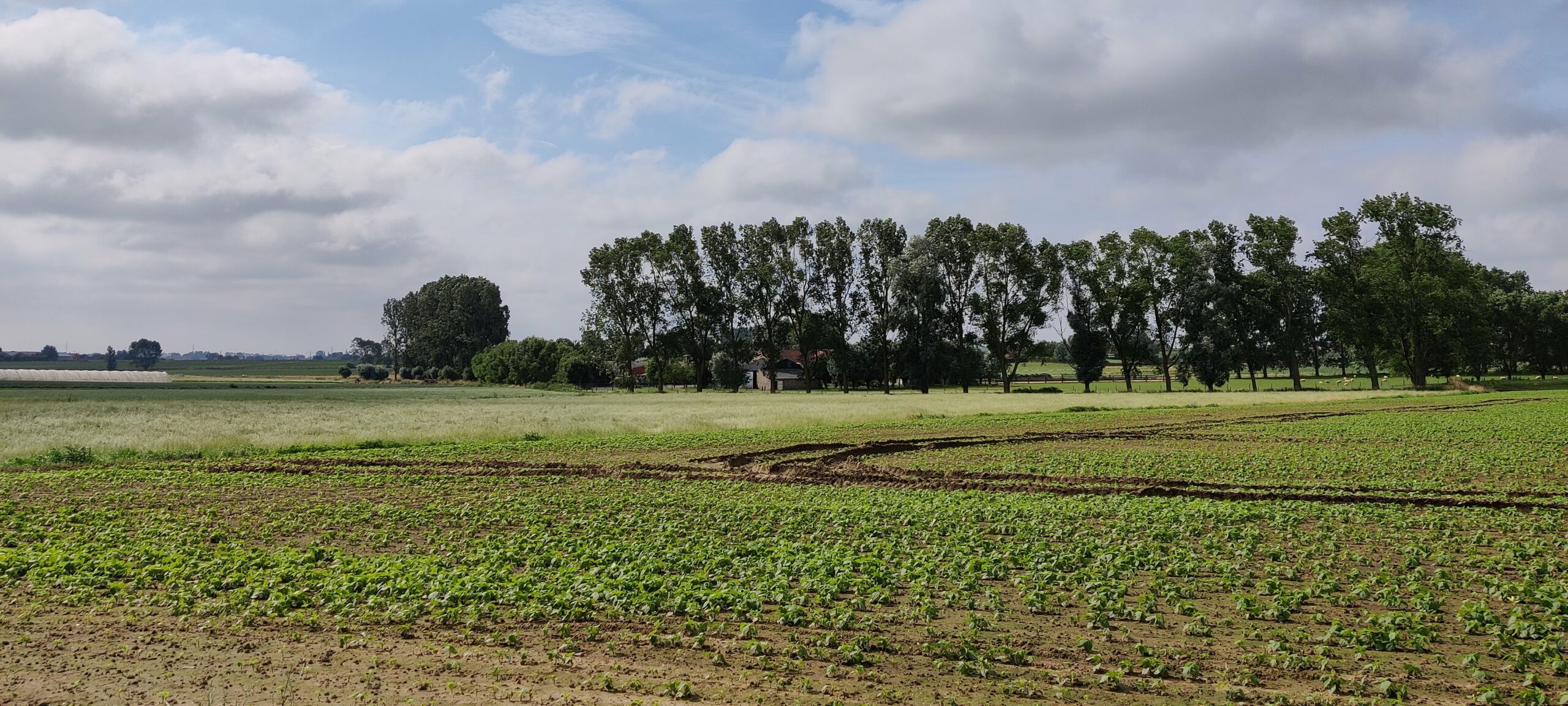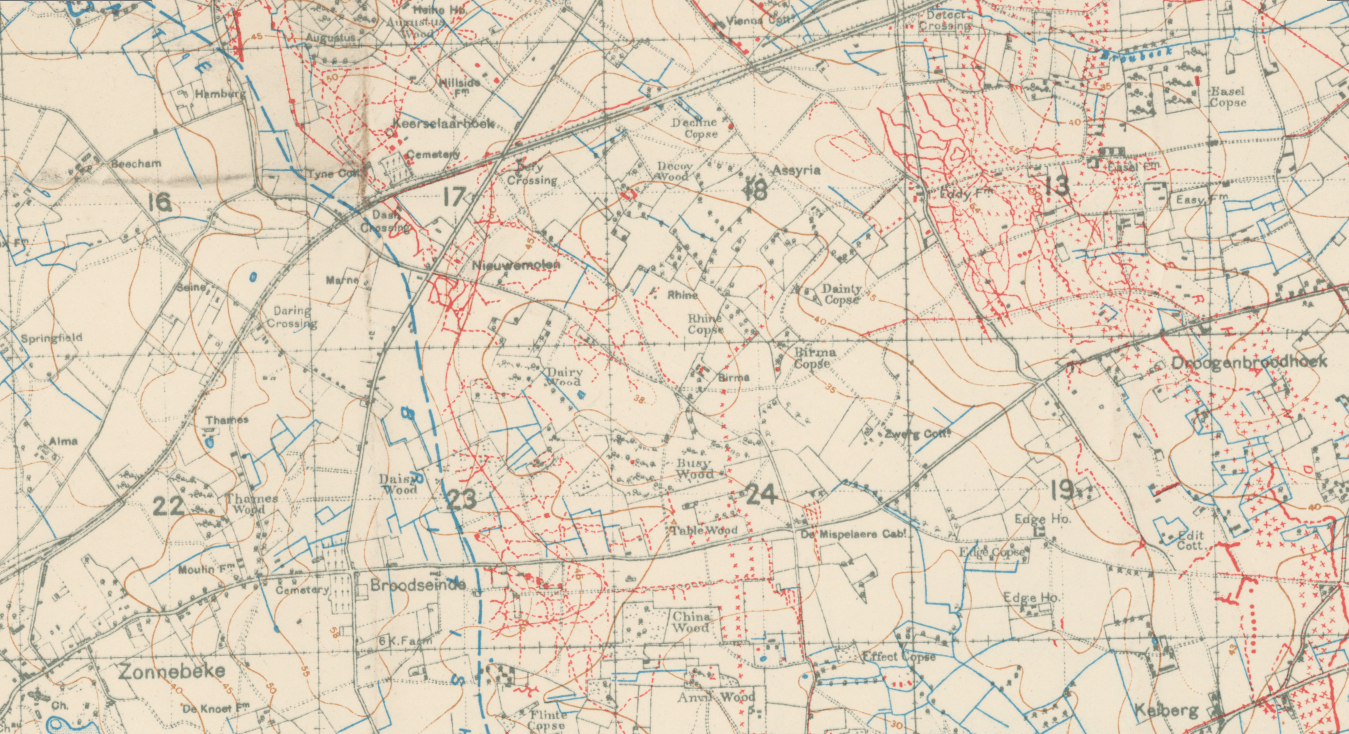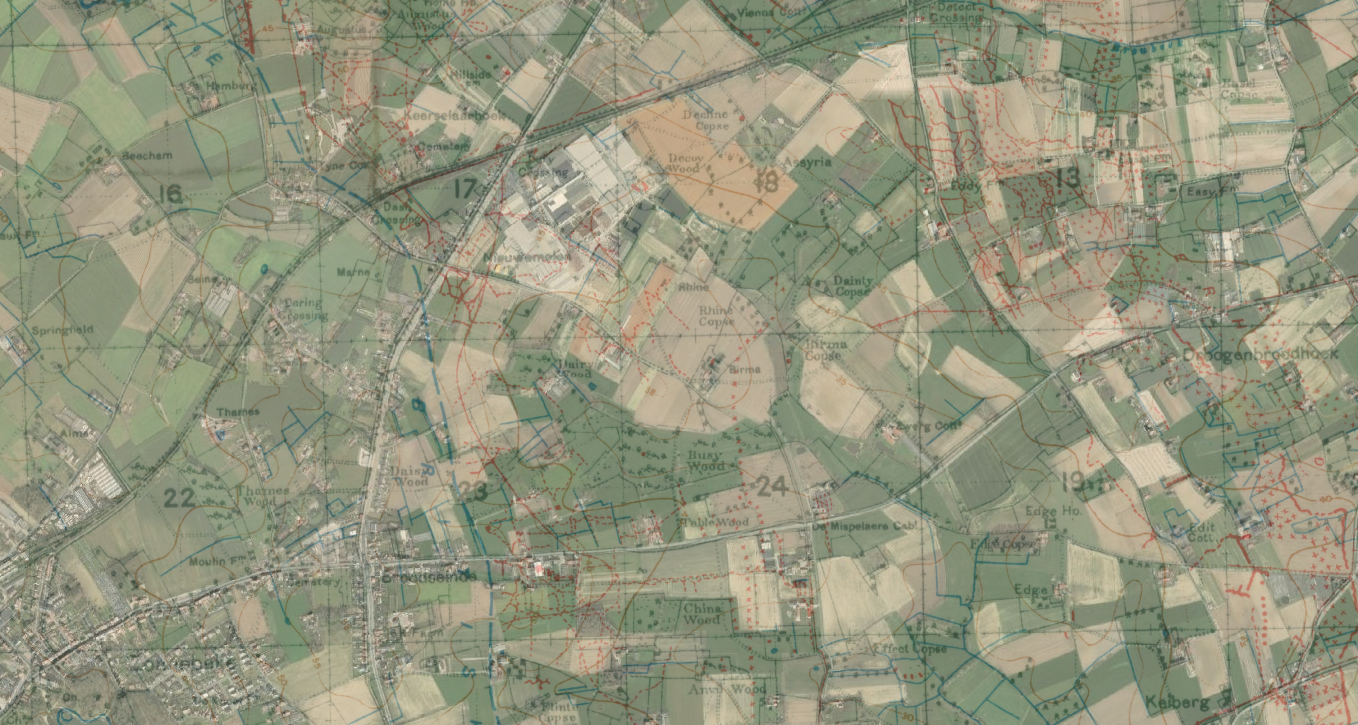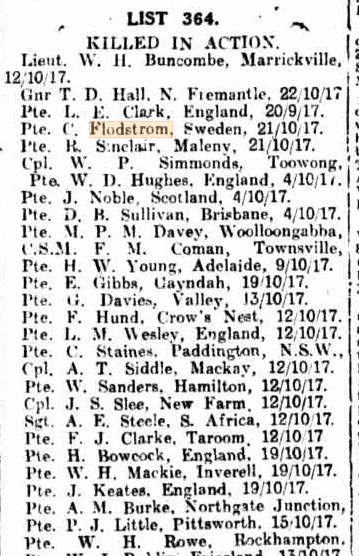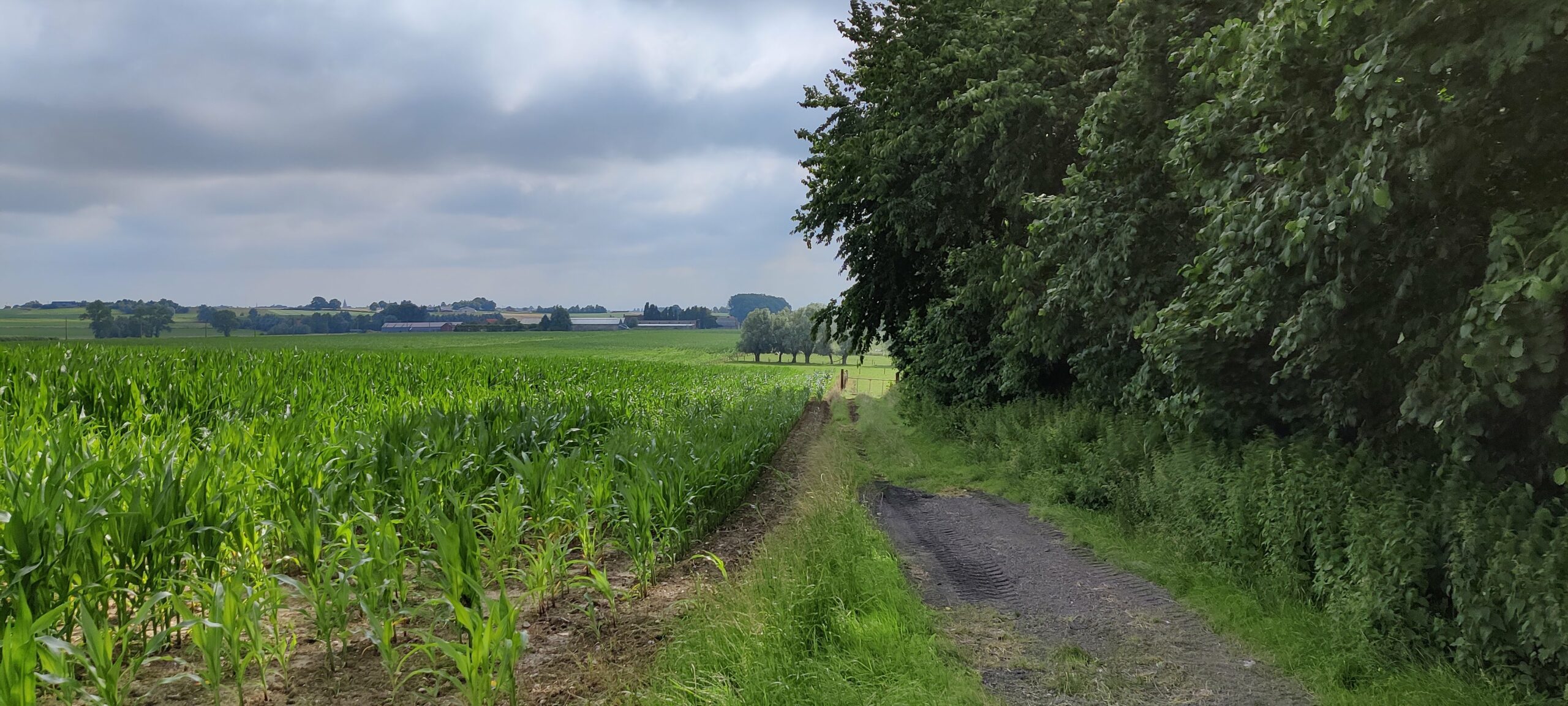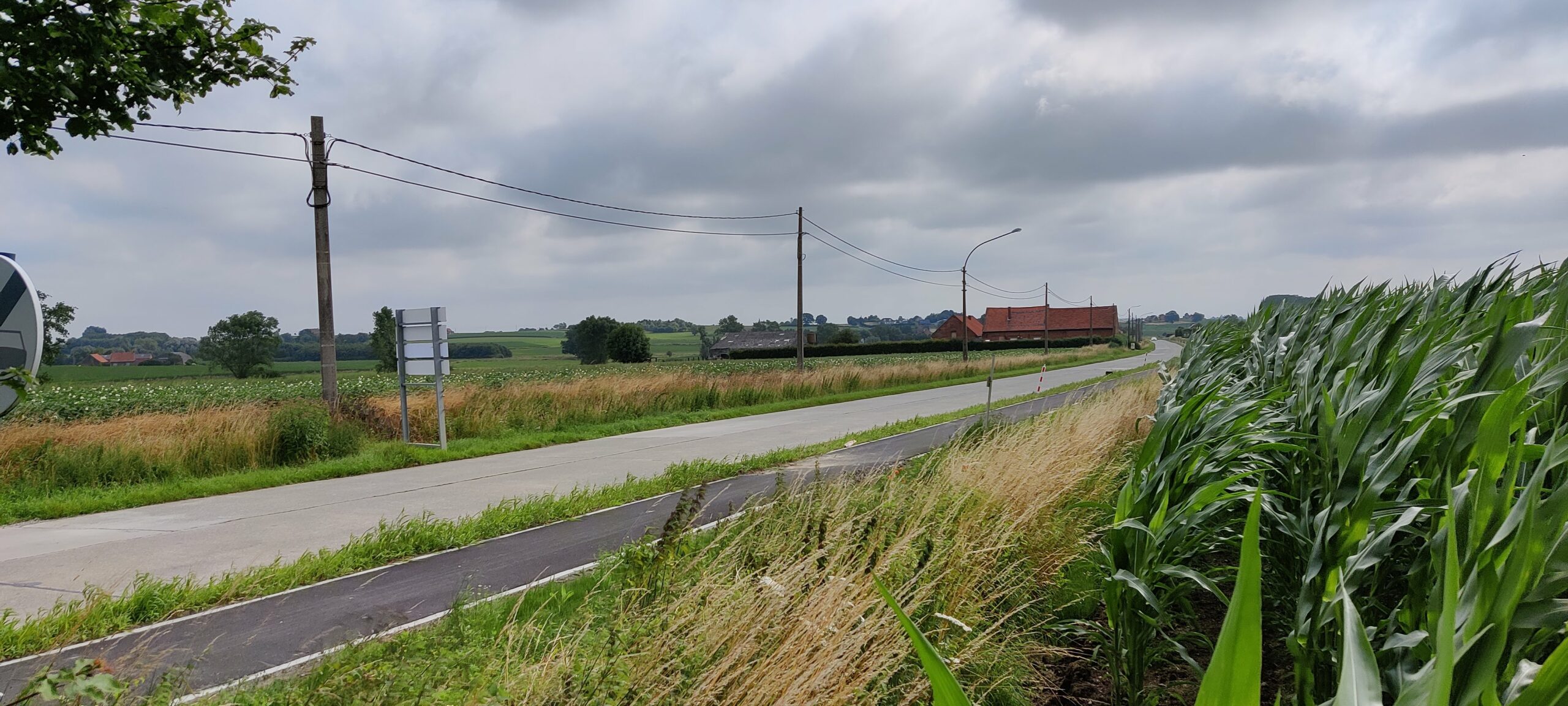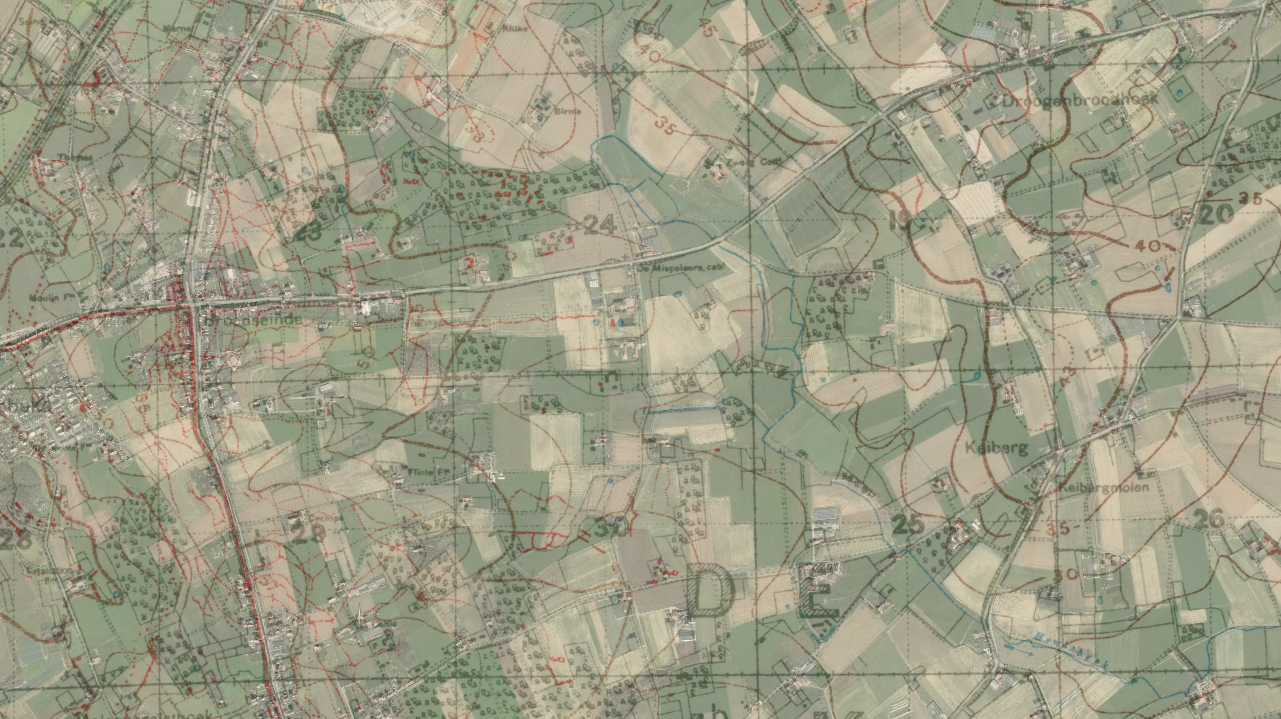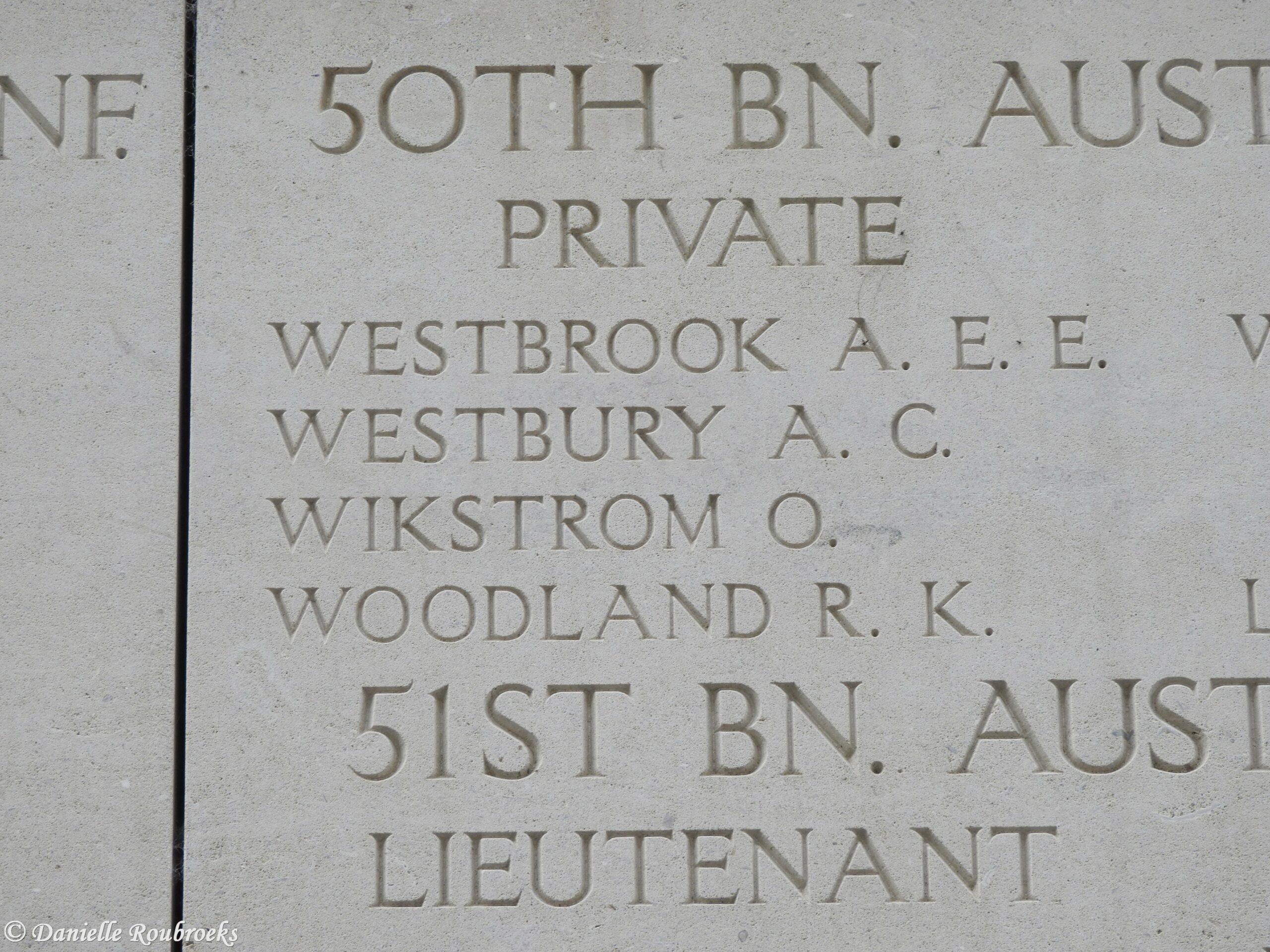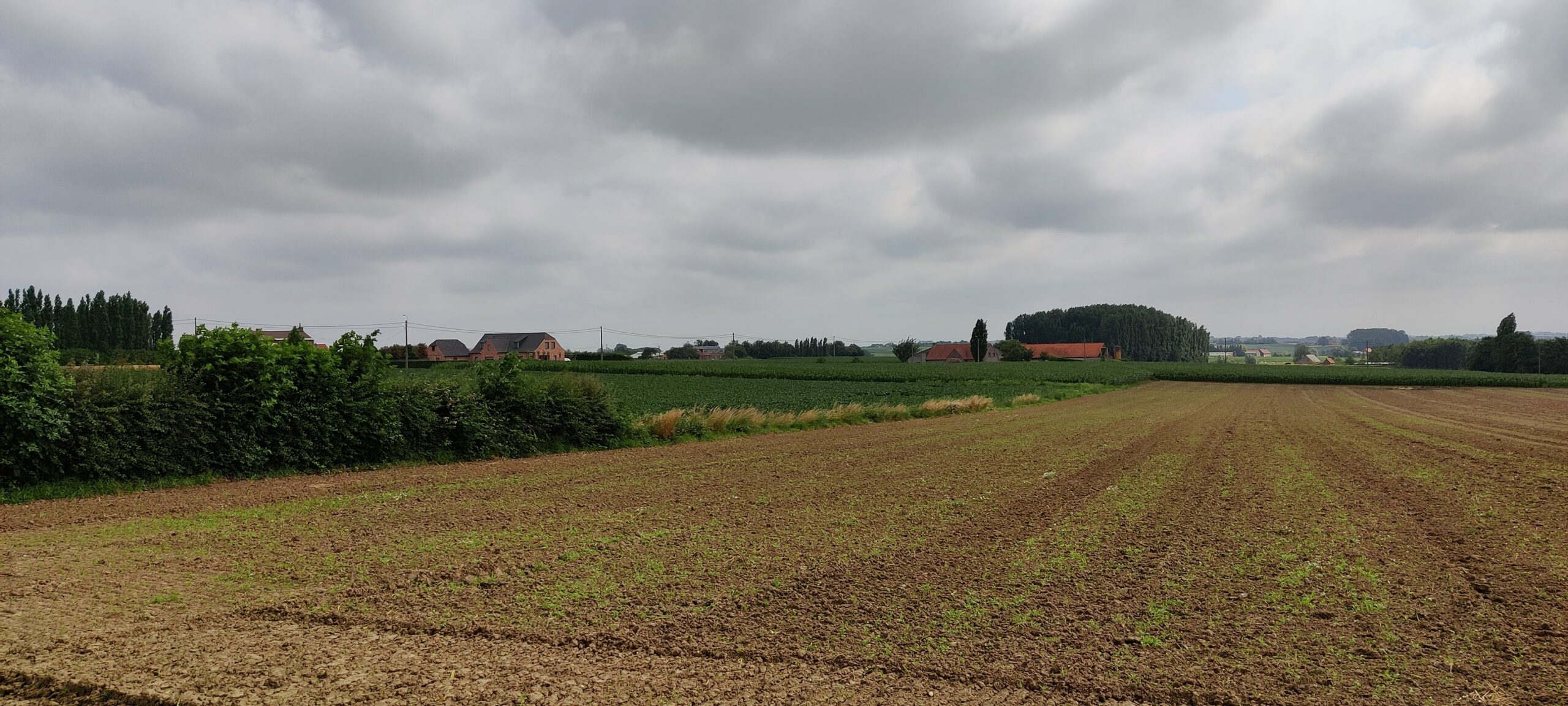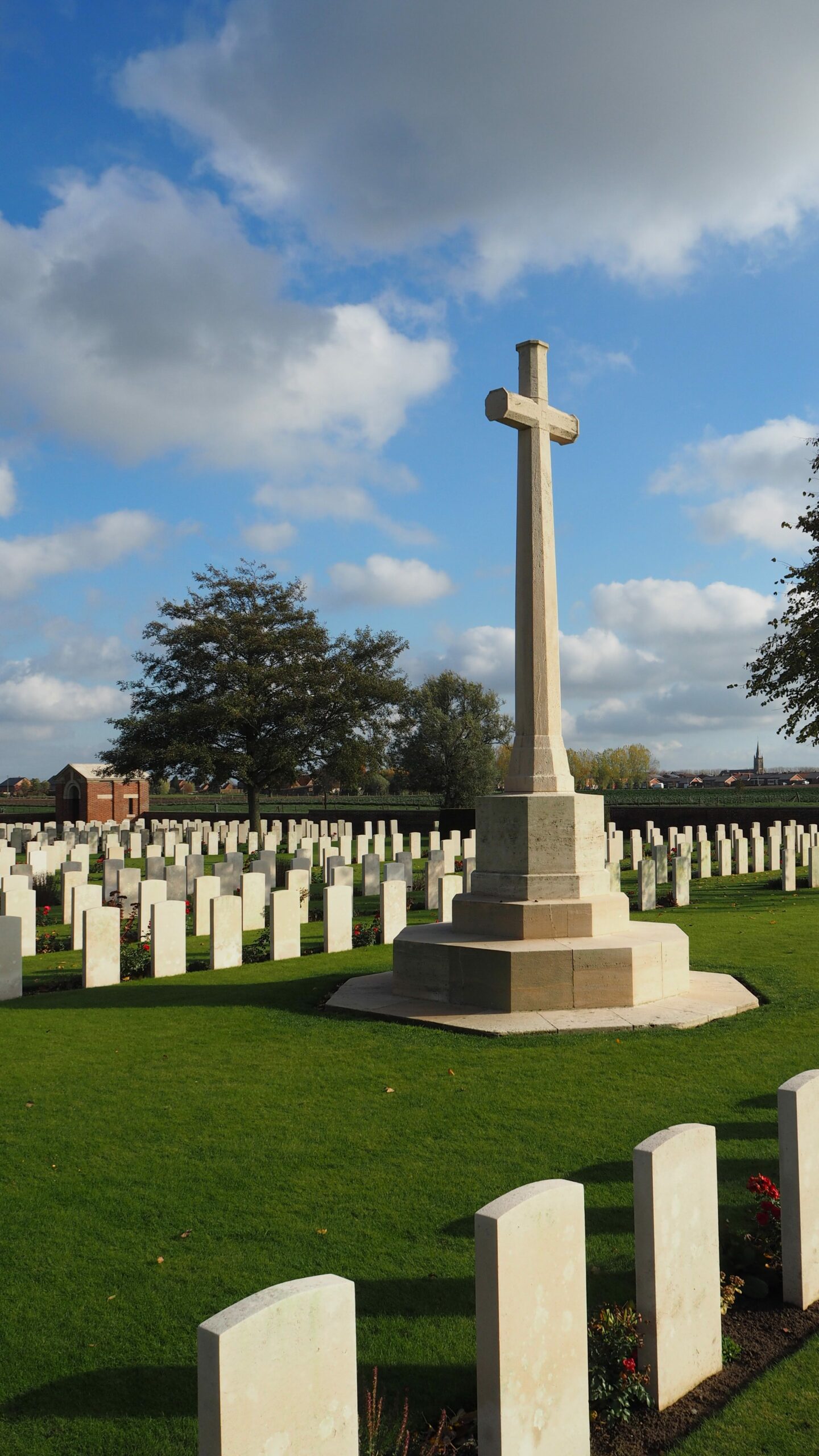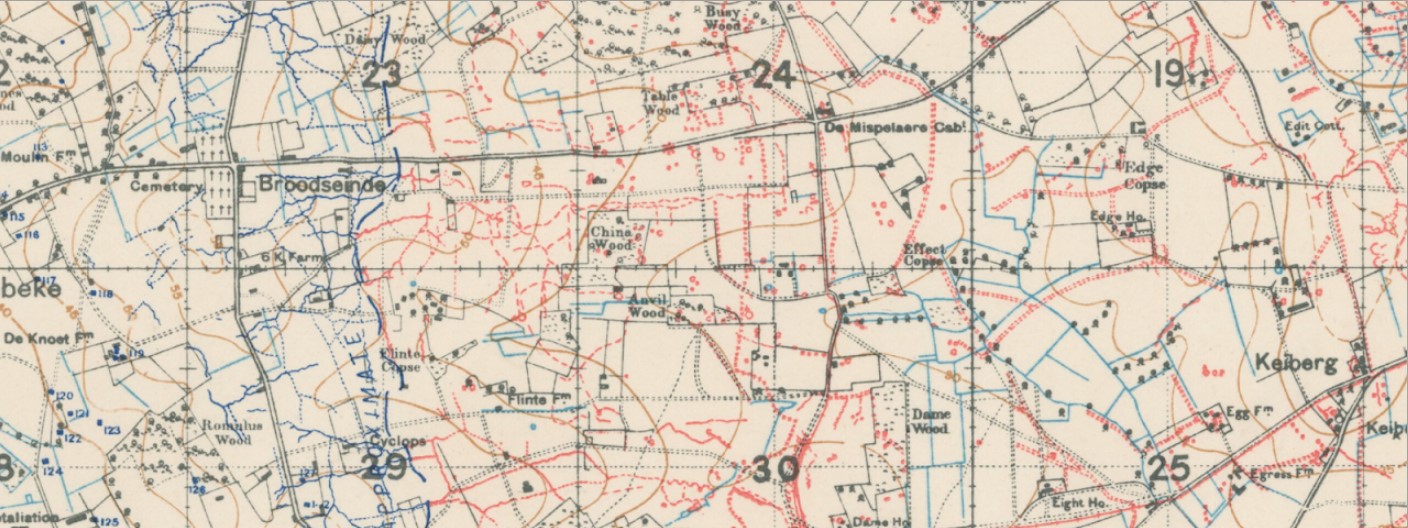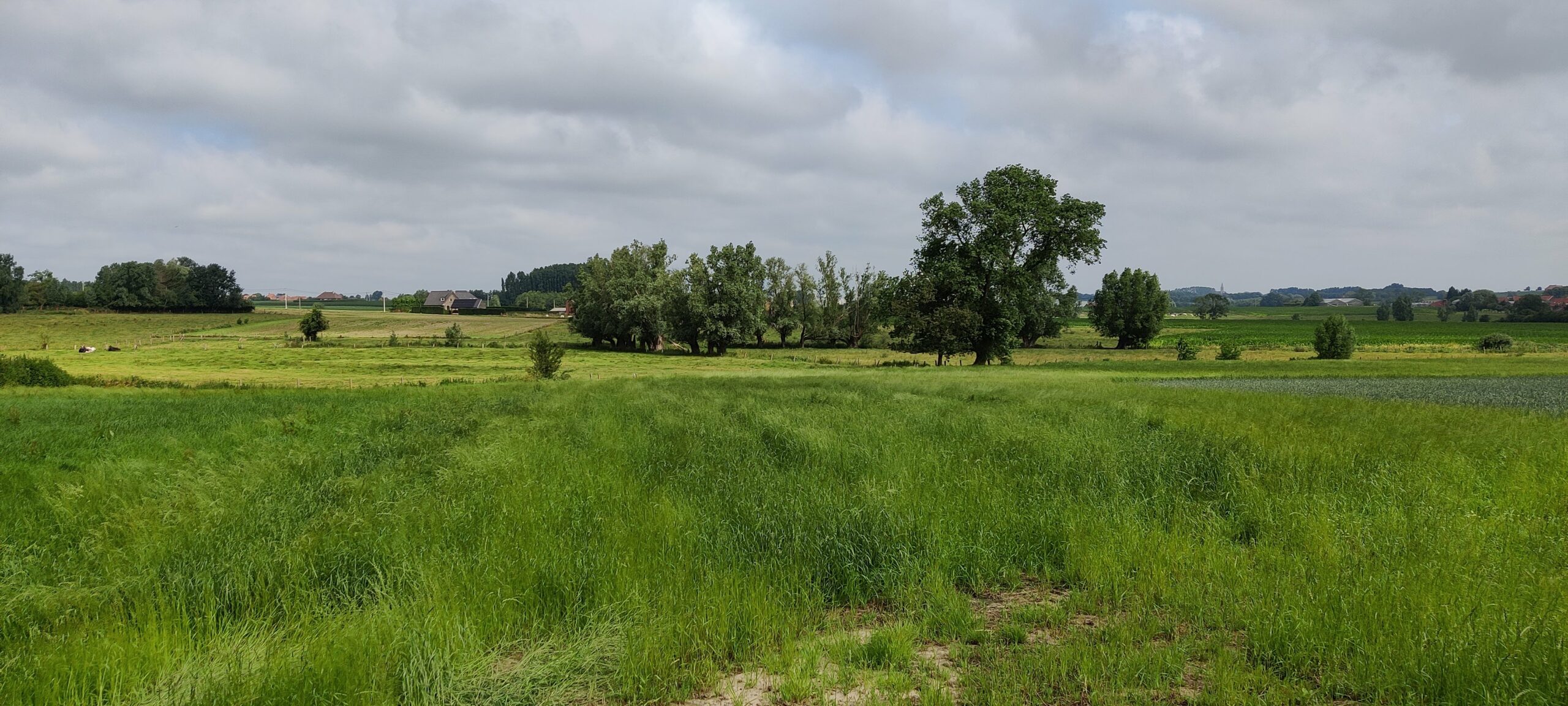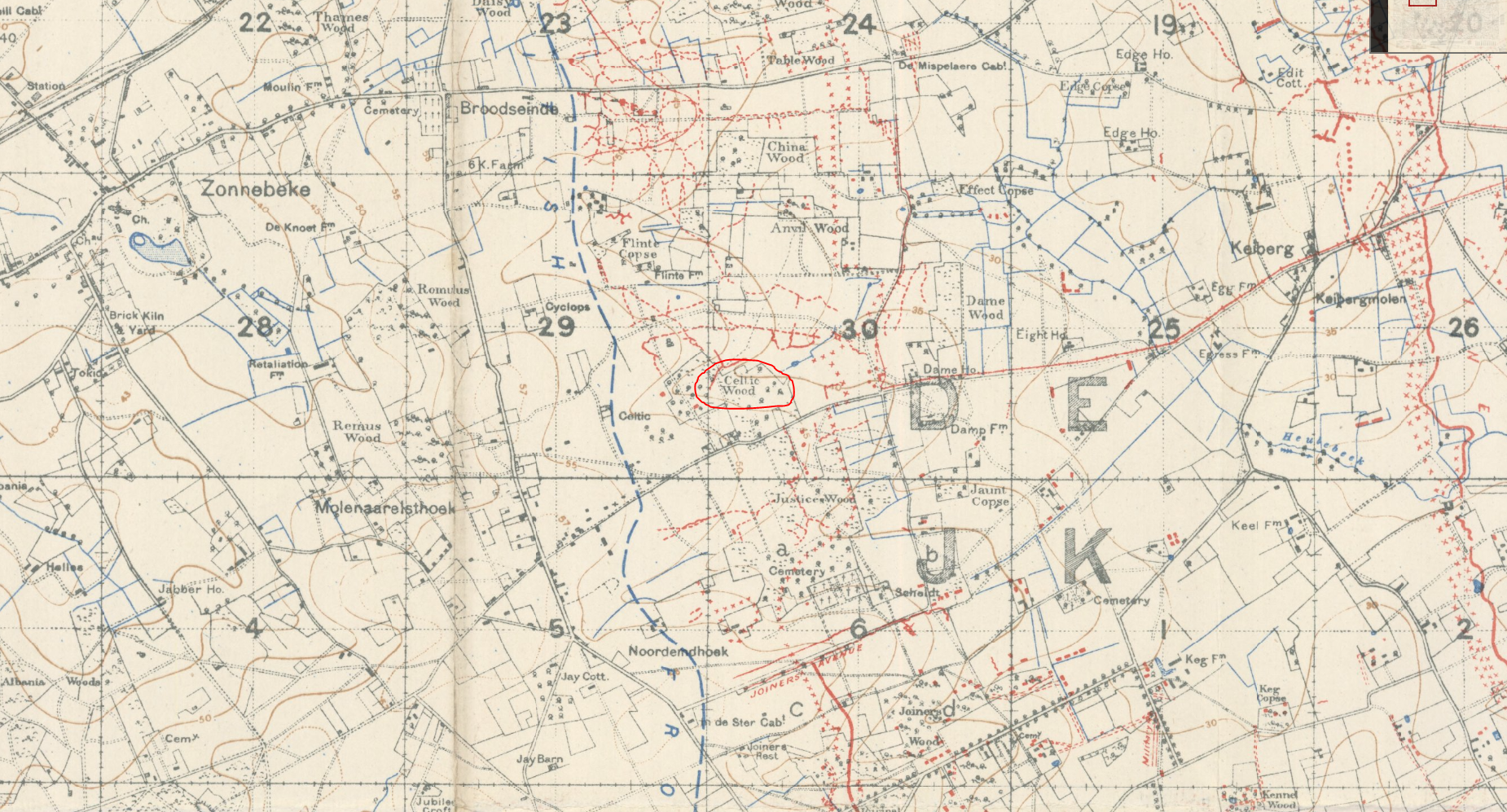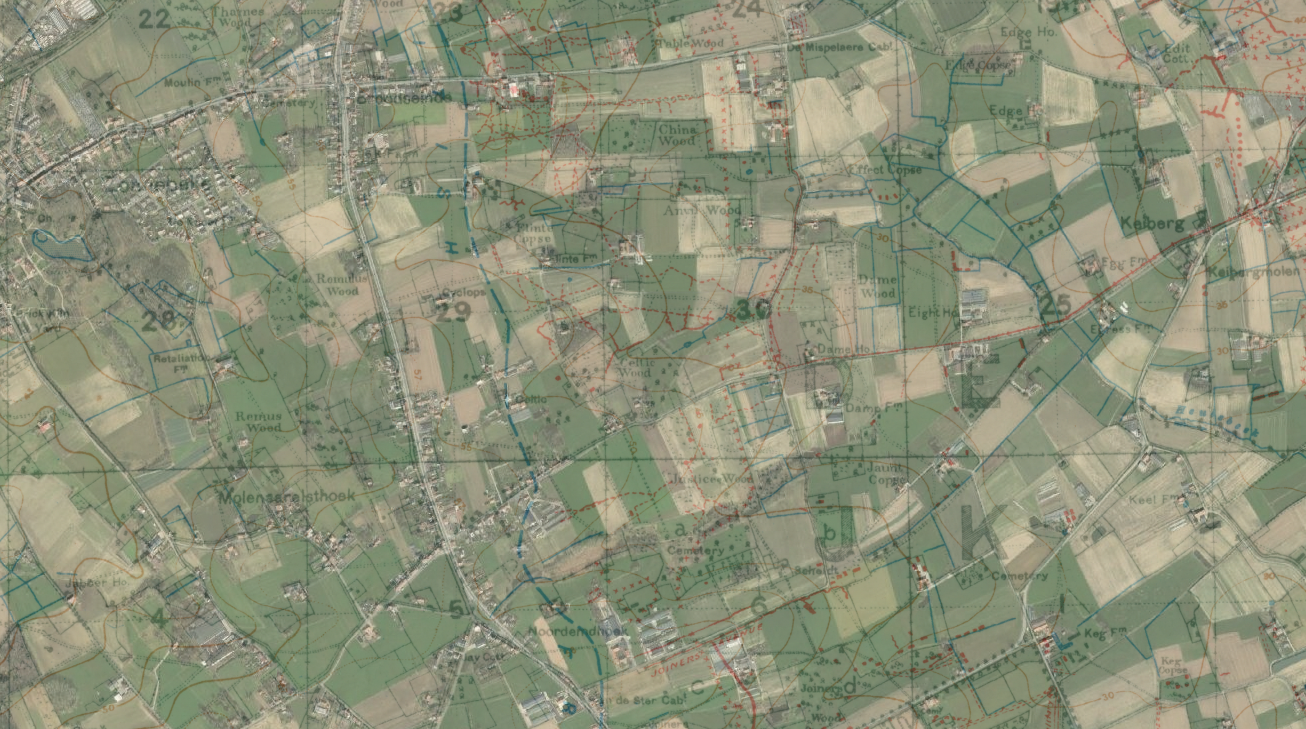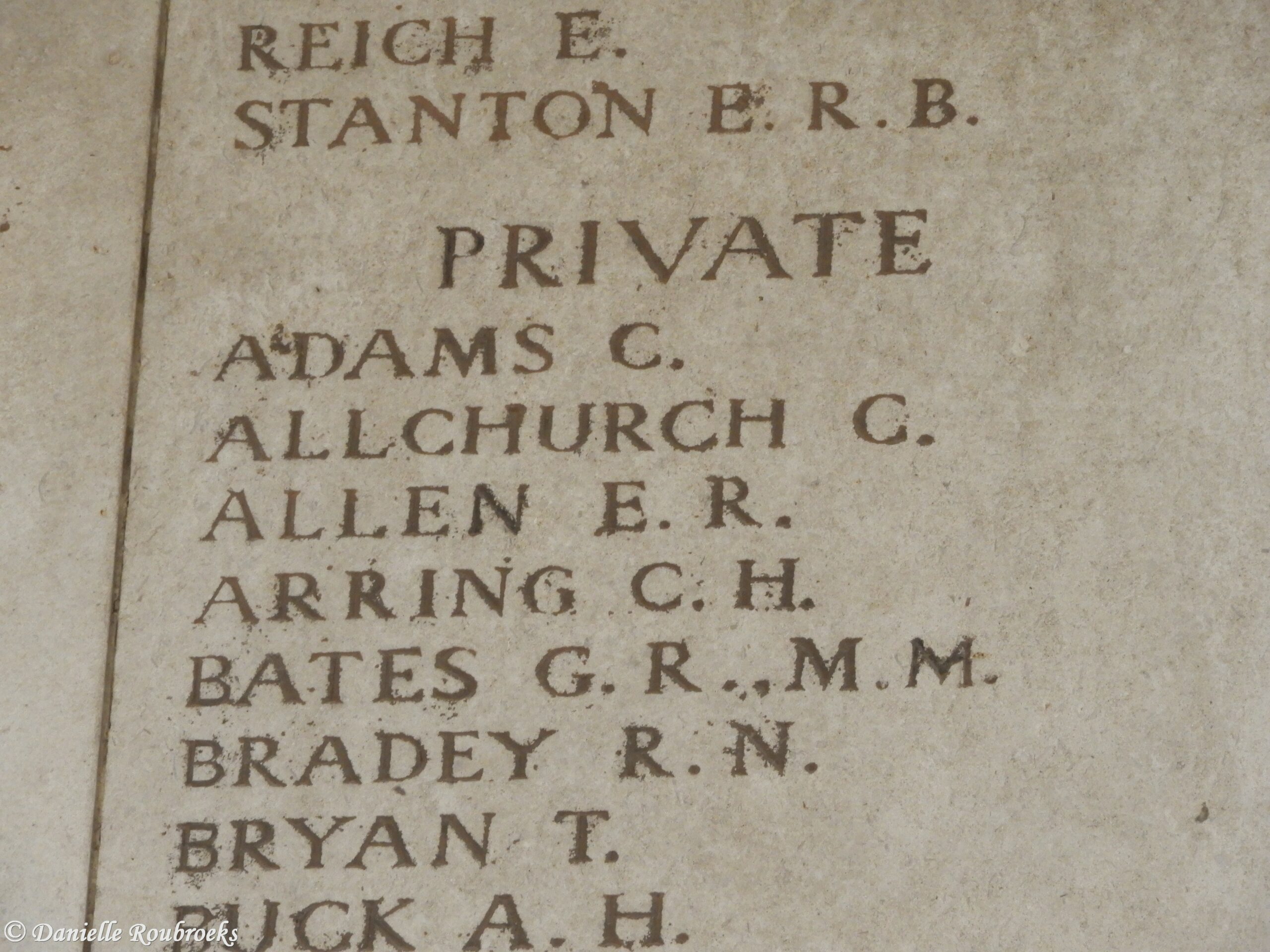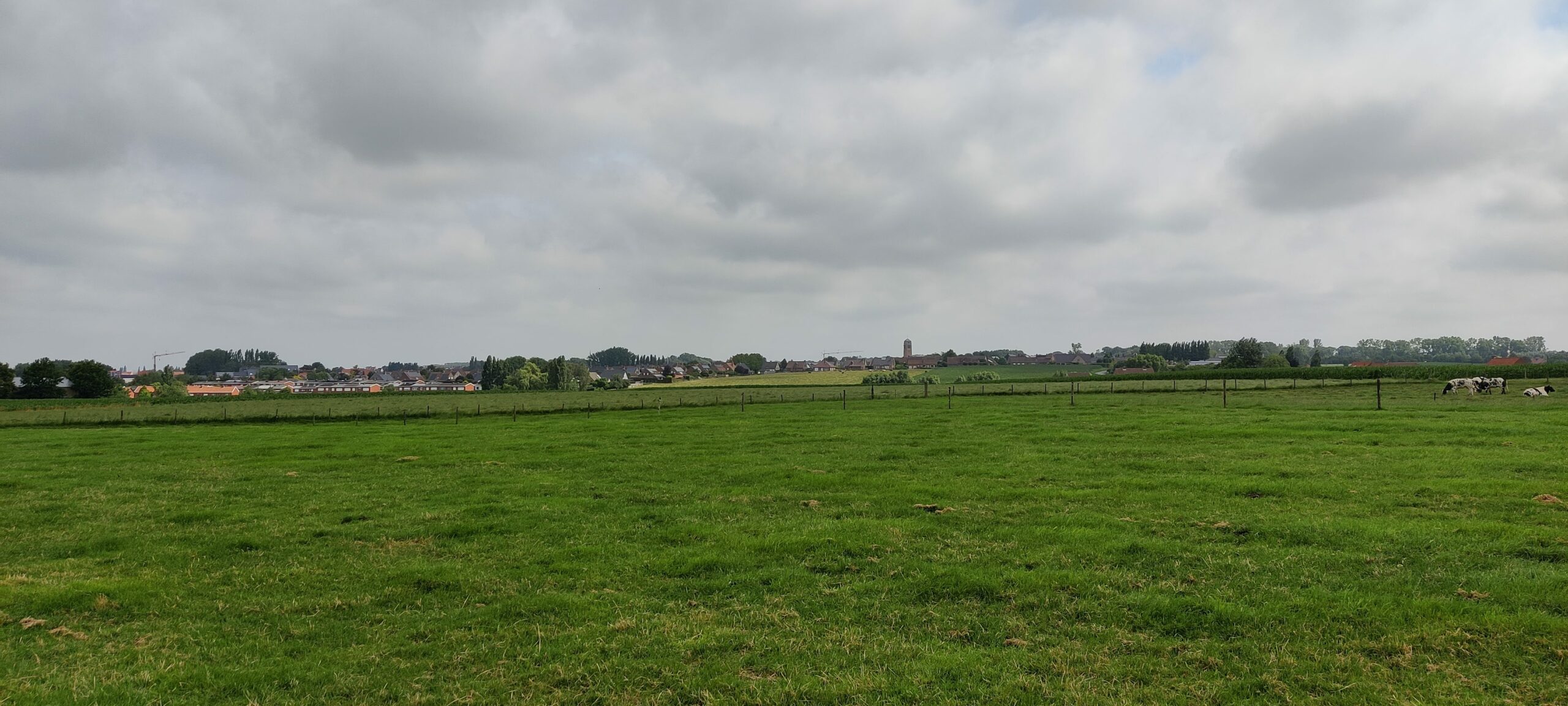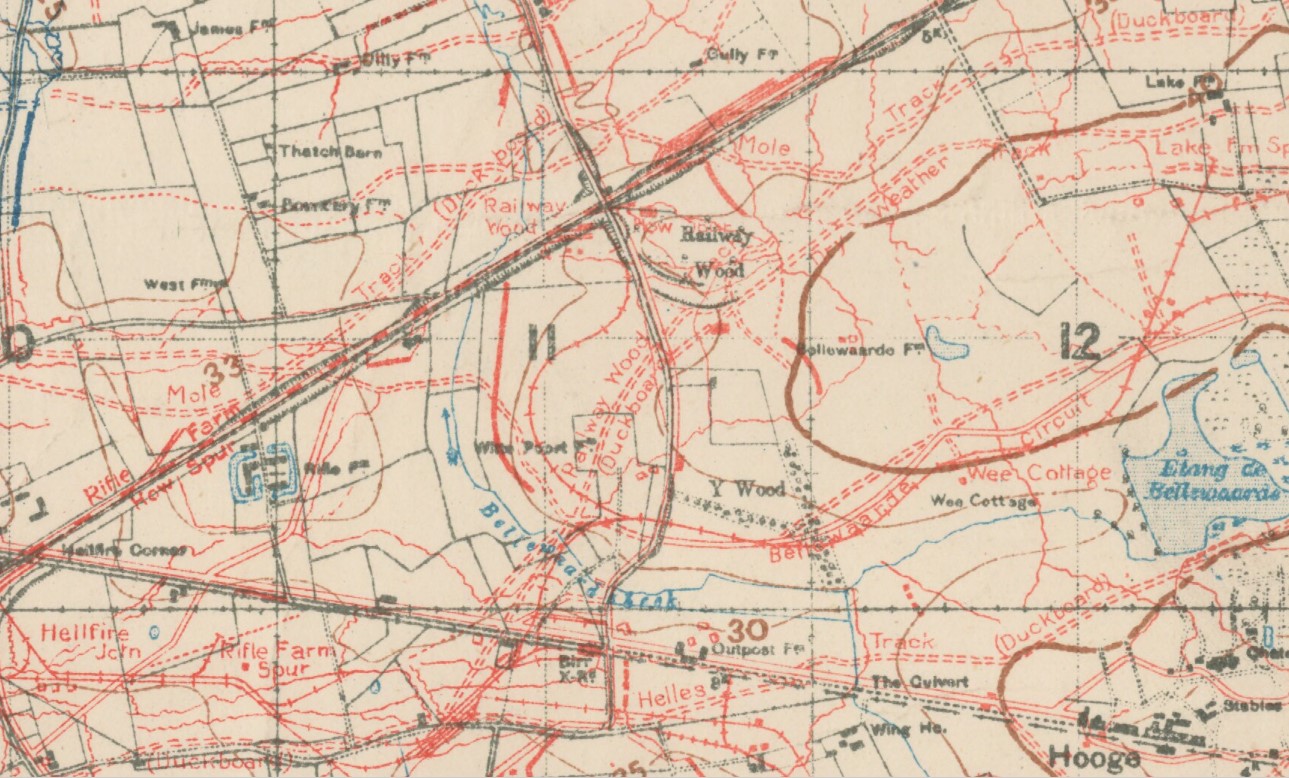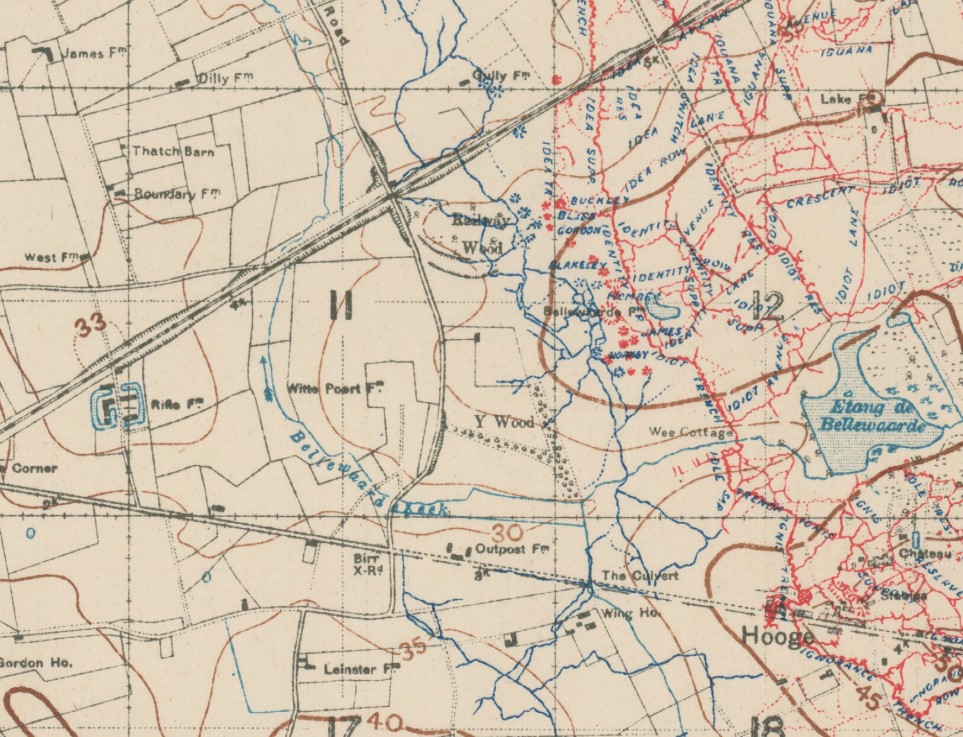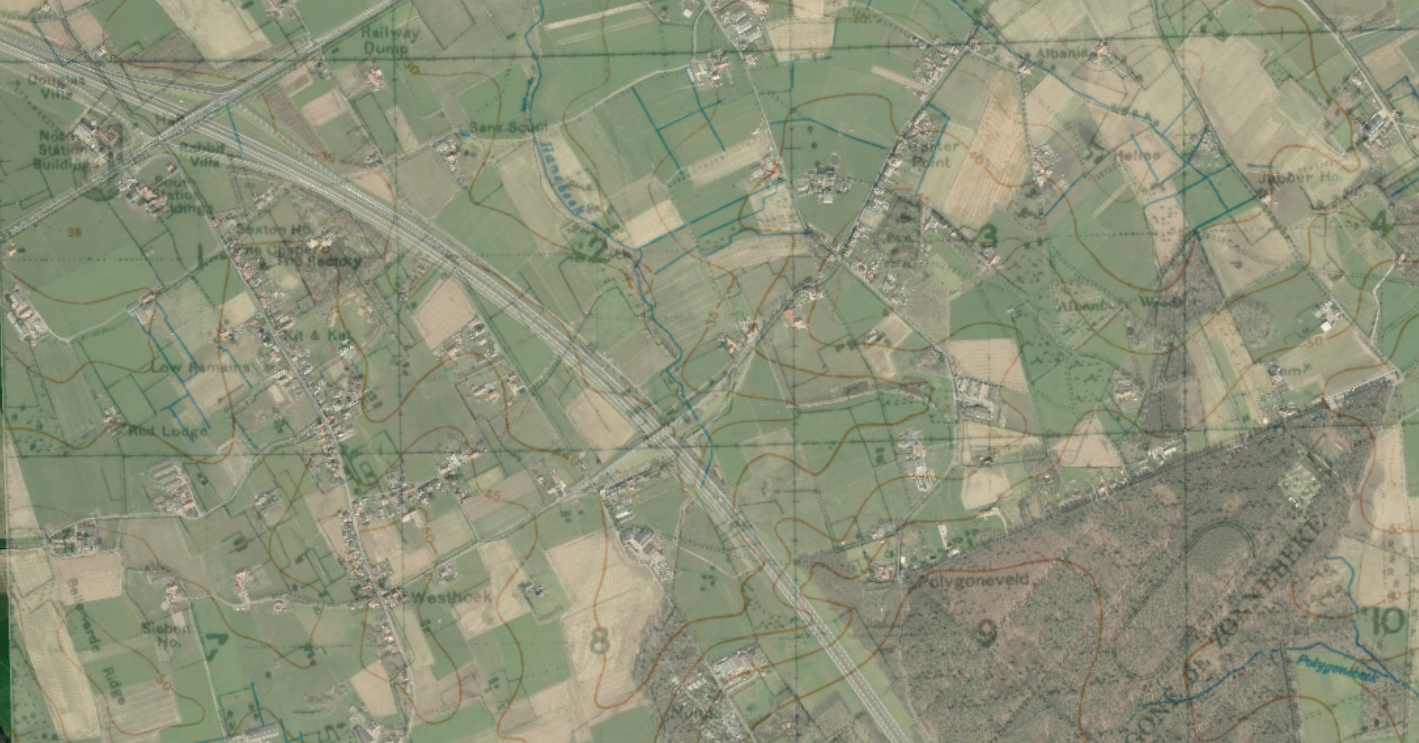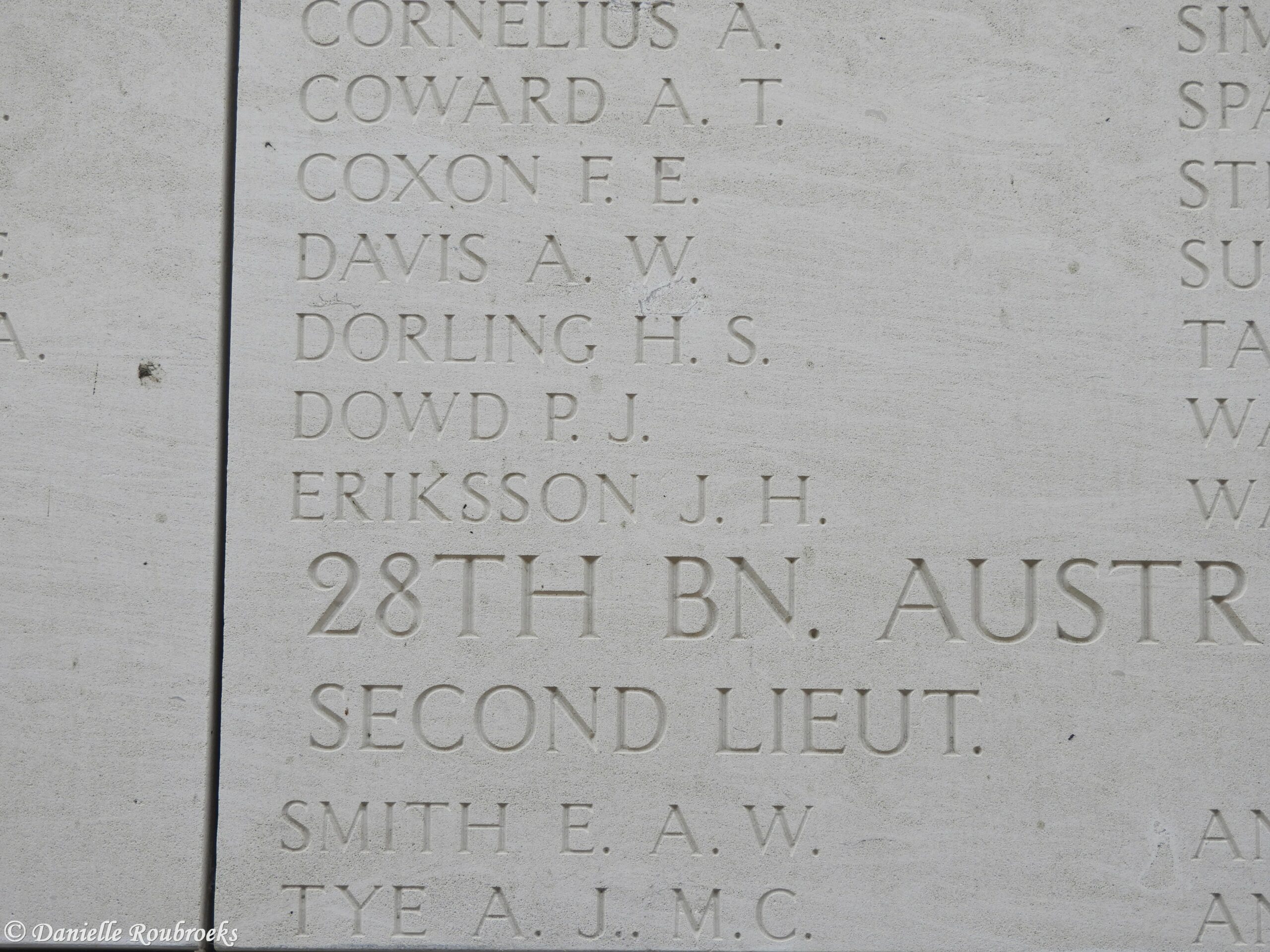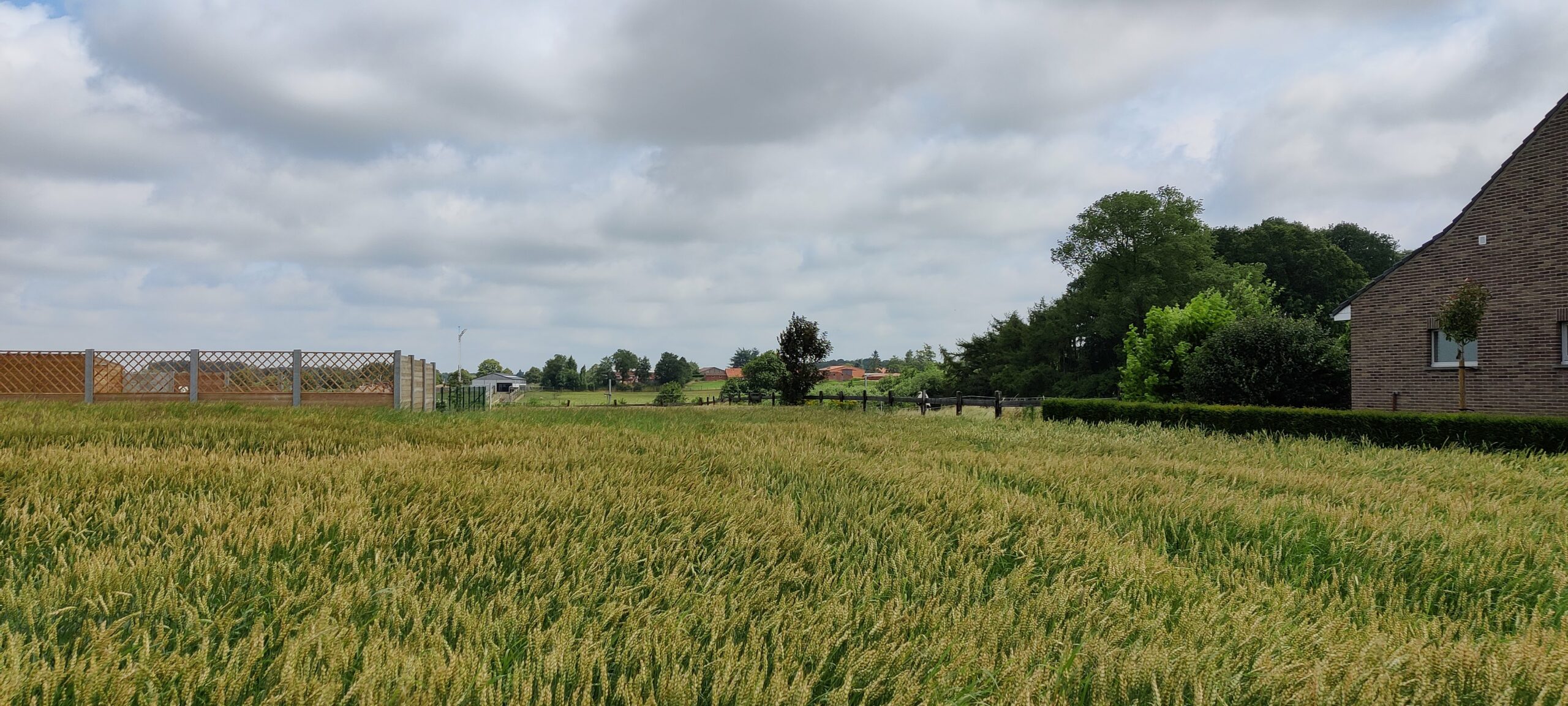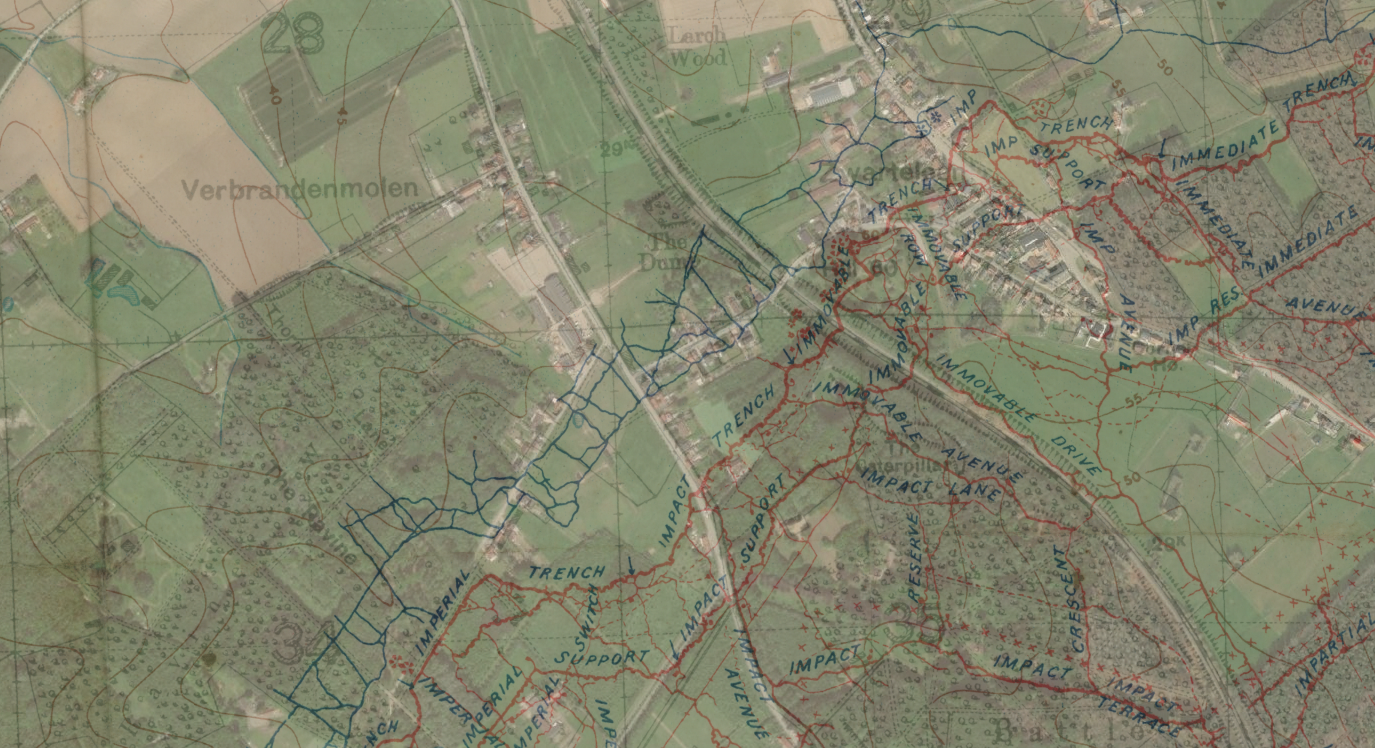Imagine to be 19 years old, moving around with your unit in the Argonne Woods, far away from your home, and not be able to experience your 20th birthday. This is the story of the young boy from Säby, Tranås, Sweden, who went tu North America in his early years with his family, joined the American Expeditionary Forces and ended his days in The Meuse Argonne Offensive.
Sometimes I find information about the Swedish born soldiers that makes it possible to document their trip from Sweden, over to their new country, and further into the battlefield at the Western Front in the Great War.
I find it very interesting to connect the terrain to the individuals, and in this case I will try to give you the small story about Elmer.
It was not easy to find him in the archives, as Elmer did change his names a lot when he came over to his new country, North America. Elmer was born in Säby Parish, Tranås, Jönköping County, in the southern part of Sweden.
He was born and raised as Hjalmar Torsten Vallentin Nord by his mother Hulda Karolina Adolfsdotter and his father Konstantin Nord in Källås Norrgård, just south of Tranås. I can imagine it is good to change his Swedish name Hjalmar to Elmer, as it is easier to pronounce, and that gives me also some clues for the future when I research for other individuals called Elmer in their new country.
Elmer left Säby according to the documents in August 1904, and arrived in Boston, US, when he was 5 years old. His father Konstantin left already in 1901, as you can see in the note, in the church book above.
According to the casualty card his mothers adress is in Red Oak, east of the town Omaha in the state of Iowa. I assume this was the address of the family living in the US, when he left for the Army, and in the pictures below you can also see the street, how it looks today.
So now we know at least, that his mother lived at the address above. According to some documents there is also a note that Elmer lives in Red Oak 1915, probably at the same address. I havent found the registration card for Elmer, but I know that he is leaving for France in July in 1918 wih his unit, 168th Infantry Regiment, 42nd Division.
Elmers Unit was fighting in the Meuse-Argonne offensive from October 1918, when they relieved the 1st Division in october 13, 1918. The unit was involved in the attack on the large German Defence line, the “Kriemhilde Stellung”, a defence construction east of the Argonne Woods. Elmer was probably fighting with his unit near the village Landres et St. George, between Bantheville and Saint-Juvin, in Argonne Region.
Ofcourse is it hard to say where exactly Elmer was fighting, but I assume that he was within his unit.
Elmer was not even 20 years old when he fell in the offensive. He was injured during october 18th, and died october 19th, 1918, only at an age of 19. He is now buried at the Meuse Argonne American Cemetery.
I have now followed Elmer from his home in Sweden, to his home in the US, and also now mapped his last position, within his unit, the 42nd Infantry Division. Imagine to do this quite long trip in early years of your life. Imagine the experience he gained during his few months in France.
Elmer was born not far from where I live, and I will try to visit his old farm, just to see if I can find some more information about the family.
My daughter in 20 years old today, this date, July 27th 2021, and 20 today is not like beeing 20 back in that time, during the Great War. Each era has its own experiences.
May you, Hjalmar Torsten Vallentin Nord, rest in peace, you are not forgotten.



